3000 Miles for One Bird
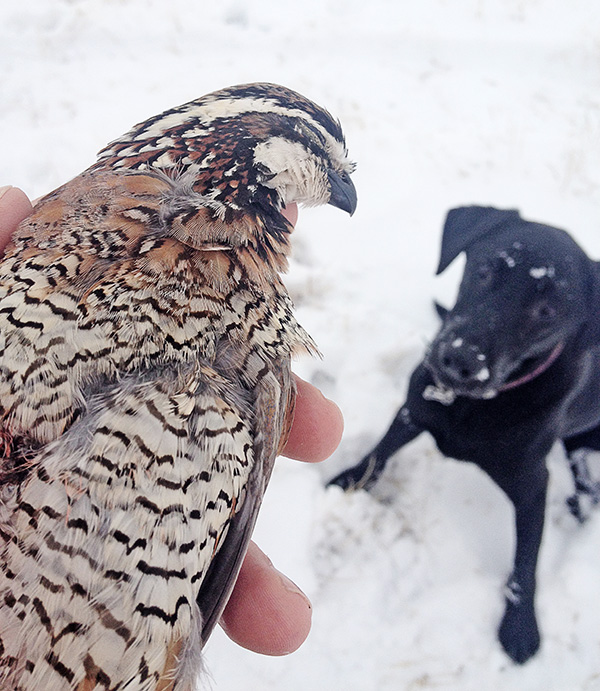
The sun is dipping into the horizon and the thermometer reads 19° when the dogs and I return to the truck after hunting the final day of upland season in Kansas. A quick check of the fitness band reveals I’ve hiked over 12 miles in eight inches of new snowfall. The dogs never stopped hunting the entire day which guarantees they have each run a marathon in arctic conditions. The two hens we flushed early in the day confirmed for the dogs that somewhere in this polar landscape other birds exist, and that’s all they needed.
Now that I’m out of the wind the burning sensation signals the thawing of my fingertips and face. There’s not a single bird in my game vest. It’s one of the most satisfying days afield I’ve ever had.
I am always a bit torn for late season bird hunting. On the one shoulder sits the tiny conservationist saying “these birds have made it this far through winter, they’ve earned a pass.” On the other shoulder sits the killer. He lobbies for cutting feathers. And the dogs, now bored from lack of action, side with the killer. It’s useless to fight those odds. So hunt it is.
Most upland seasons across the country have begun rotating out. It doesn’t help that bird numbers were at historic lows across broad swathes of land due to the widespread drought. The northern latitude hunting shut down weeks ago and states still available for upland are in the path of a Snowmageddon.
Yesterday while we were on the 18-hour road trip to get to these familiar hunting grounds, the birds would have felt the low pressure system moving in, crammed their crops full of whatever forage they could find and joined forces for warmth and survival. Somewhere the pheasant are all bunched up in an impenetrable maze of cattails at the bottom of the deepest ravine in Kansas. Despite how hard we searched, we’re unable to locate the treasure trove.
But chasing forecasts, be they bird or weather, always proves futile. We are hunters and that’s what we intend to do. No forecast of bad bird numbers or inclement weather will change that. We take the conditions given and head afield because this love of pursuit holds back the madness that builds from the days when we aren’t trailing dogs.
The next stop will be Oklahoma where upland seasons continue for another couple weeks. There’s nothing left to do now but wait for the snowplows to catch up. It takes a full day for the road to Oklahoma to be cleared enough for safe travel. It gives the dogs a chance to recoup from a massive day running.
I’ve heard via upland friends that the Oklahoma quail population has made a slight comeback this year. Chasing Blue Racers has been a dream I’ve wanted to challenge the dogs against. This late in the year the Scaled Quail should live up to the reputation of little running bastards. And the tiny conservationist on the shoulder realizes this won’t be shooting birds in a barrel and allows my conscience rest.
Crossing into the Sooner State the weather warnings are already popping off. Winter has no intention of releasing its grip. As we arrive in at the area we intend to hunt, the flurries have already begun. And they don’t stop for three days. The only warming in the forecast is to begin on the day we’re scheduled to leave. Once again, there’s no choice; we hunt.
The truck cuts a lonely set of tracks in the fresh snow confirming I’m the only person crazy enough to challenge this weather. I don’t ever recall hunting in temperatures quite this frigid. The thermometer reads five degrees when we head into winds gusting to 15 MPH. Normally hunting into the wind would be preferred strategy to get on birds, but in these conditions it’s needles to the face that can only be tolerated in short doses. We’ve got a five day ticket to track down quail on public land in Oklahoma, but I have a sneaky suspicion that much like the late season pheasant of Kansas, these birds have gone to deep cover.
Rising from the snow are the plum thickets, scrub oak, sage brush and occasional juniper. At times the thickets so entangled they force us to circumvent instead of push through. On a normal hunt this would be great quail cover. But with snows at this depth I have little hope of finding birds. I know exactly where they’ve gone, because it’s where I would have gone if I were stuck outside in an overnight blizzard. The junipers offer the best cover and insulation from the biting winds. Coveys will have balled up for warmth under the thickest juniper and have no intent to leave until a thaw.
These won’t be long days of hunting — the bitter cold just saps energy too quickly. I carry hot water for the dogs but five minutes into the field and it’s a solid block. There’s a constant balancing act between walking too fast, sweating and freezing or trudging so slowly that lack of heat generated doesn’t stave off hypothermia. I keep a close eye on the dogs who act unphased by the frigid temps, but extended exposure could harm them as well. Within a couple hours my appendages are frozen to the point motor skills get clunky which could make shooting an interesting endeavor.
At the end of one of these frigid hikes I see Rio the setter lock down on a fence line of Juniper. It brings an immediate flash of warmth and a quickening of heartbeat and stride. She’s unsure, I can see it in her face as she repositions to get a better angle. But the lab Wyatt has the experience that comes with age and has already run to the end of the fence and worked downwind to the backside where he pries Bobwhite from the snow. Two of the five birds in this group fly to my side of the fence. My thumb never touches the safety and I don’t even raise the gun. Shooting into a five bird covey this late in the year is bad form. Quail play a numbers game for survival; individual birds stand very little chance against the elements or predators. I watch as they sail to the nearest thick cover.
Wyatt wants to run down the singles but I call both dogs in for some praise and point them toward the vehicle. It’s 2 PM which is our self-imposed cutoff time for quail hunting. Birds need time to regroup before sunset. I hear the recall whistles on the short trek out and it carves a smile on my frozen face. There will be other birds, other opportunities and I prefer to remember this hunt for the covey I let fly than one I doomed.
The final day of our trip arrives accompanied with sun and rising temperatures. We make our way to the field for one last walk before starting the trip back across country.
There’s a marked change from the past three days of brutal cold. We begin to see songbirds back in flight. Rabbit tracks and other small game prints now accompany the lonely trails the dogs and I have been etching. Even quail have begun to work from beneath the junipers as their tracks confirm my suspicions.
We work to a large juniper surrounded by a dense plum brake and my instincts say birds are here. The howling winds we’ve grown accustomed to have been replaced by a piercing quiet. Wyatt begins to rummage at the margins of the thicket. As he pushes to the edge of the juniper the woosh of wings fill the void. More than 30 birds take flight and I lock on to the white throat patch of a male climbing my direction. I feel no pressure, no rush. The shot feels natural. Effortless. The Bob folds and disappears in the powder.
I give the dogs some extra time to soak in the scent of this final bird of the year. We’ve got a long drive ahead. And a longer off-season.
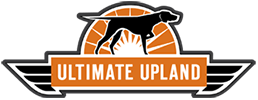


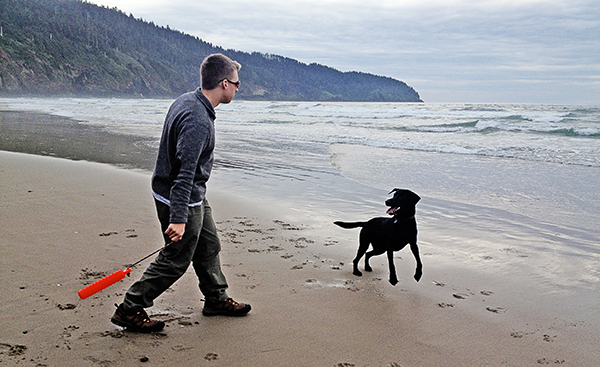
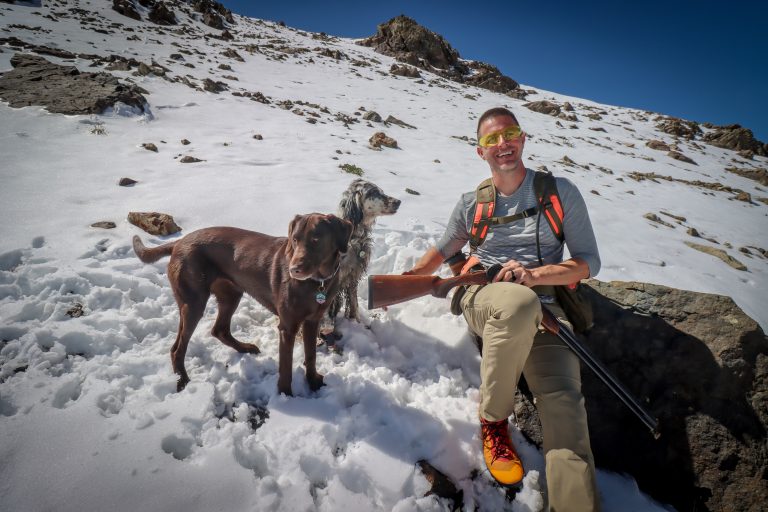
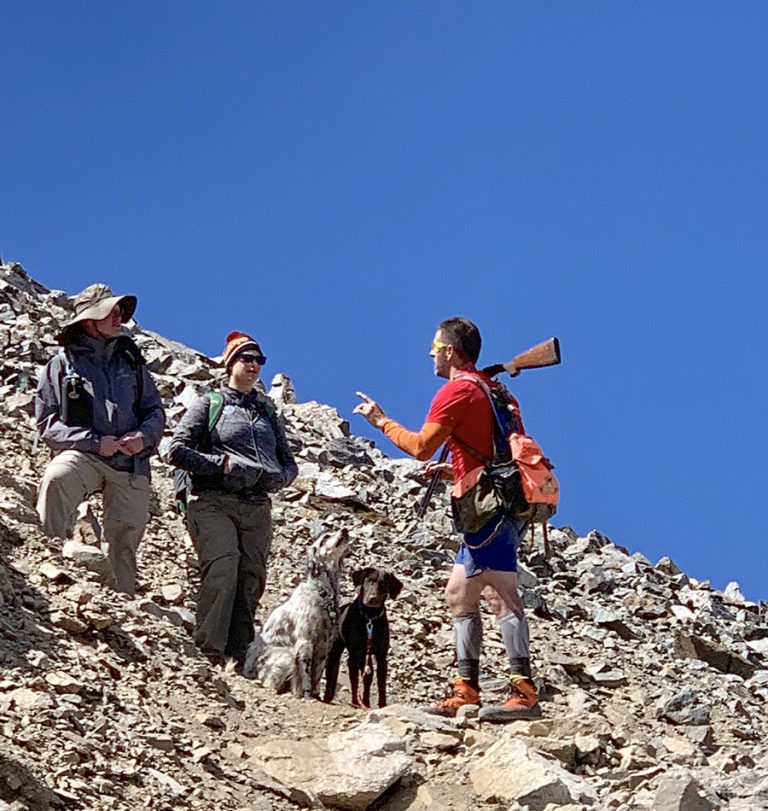
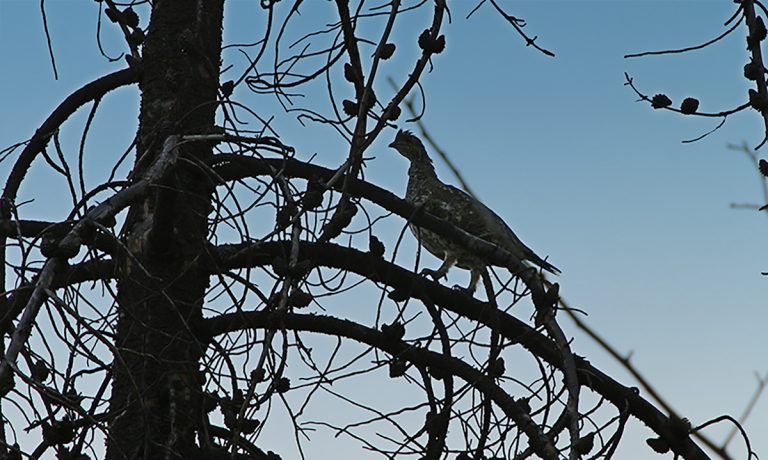
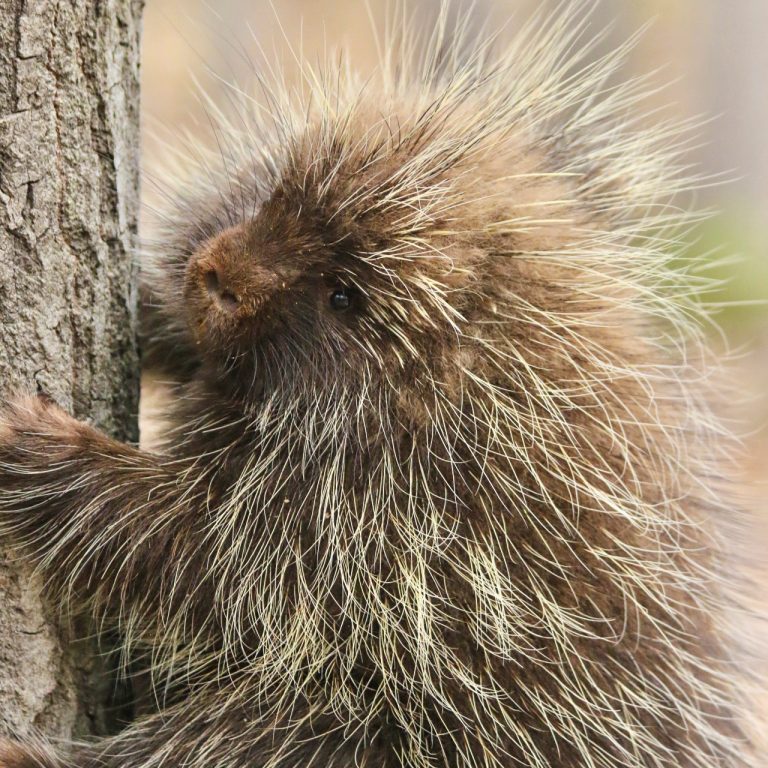
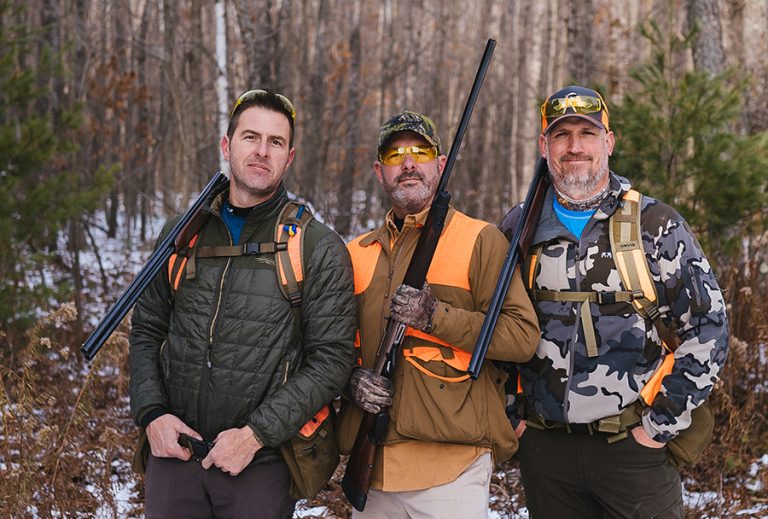
Really great storytelling! Thanks for sharing.
Excellent write, well dine!!!
Very will written. You’ve captured the essence of late season hunting. Thanks for reminder to always combine conservation with hunting; harvesting the birds should always remain secondary to the welfare of the species.
With 50 years of Upland Hunting under my belt, I was walking right there with you. Well done & well written. Thanks Jim
Loved the story. Thanks